by Ken Gargett
Michter’s is a fascinating story. But before we get there, what of bourbon itself?
Some friends insist that is it is nothing but an evil form of nasty alcohol, tasting of enamel, corn syrup, paint stripper, mud, and worse. Others see it as one of the great spirits to be found anywhere on the planet.
As with any spirit, you can find those resembling a bottle of paint stripper, but good bourbon is as deserving of respect as any other. It can be truly stunning.
Not so long ago, we looked at the Buffalo Trace Collection, an annual, limited release of excellent bourbons and whiskies, several of which bring serious money for a single bottle.
If you doubt it, the Buffalo Trace Eagle Rare Double Eagle Very Rare 20-Year-Old Kentucky Straight Bourbon (not part of the Collection, sadly) averages more than $20,000 – and only 299 decanters were released, so good luck. The 25-Year-Old Van Winkle Kentucky Straight Bourbon is only a few dollars less.
American spirits: the difference between whiskey, whisky, and bourbon
When I was describing the Buffalo Trace Collection, I got a little overexcited and jumped in before I fully distinguished between the various American spirits. So here is a very brief thumbnail sketch.
Americans use “whiskey” rather than “whisky,” which is the more common spelling in other countries, particularly Scotland (though not the island of Ireland, where “whiskey” is used to distinguish from the neighbors).
It is basically a distilled alcoholic drink created from fermented grain mash, which could be wheat, corn, rye or barley. Usually, it will be aged in charred white oak barrels, though distilleries are becoming ever more creative with oak.
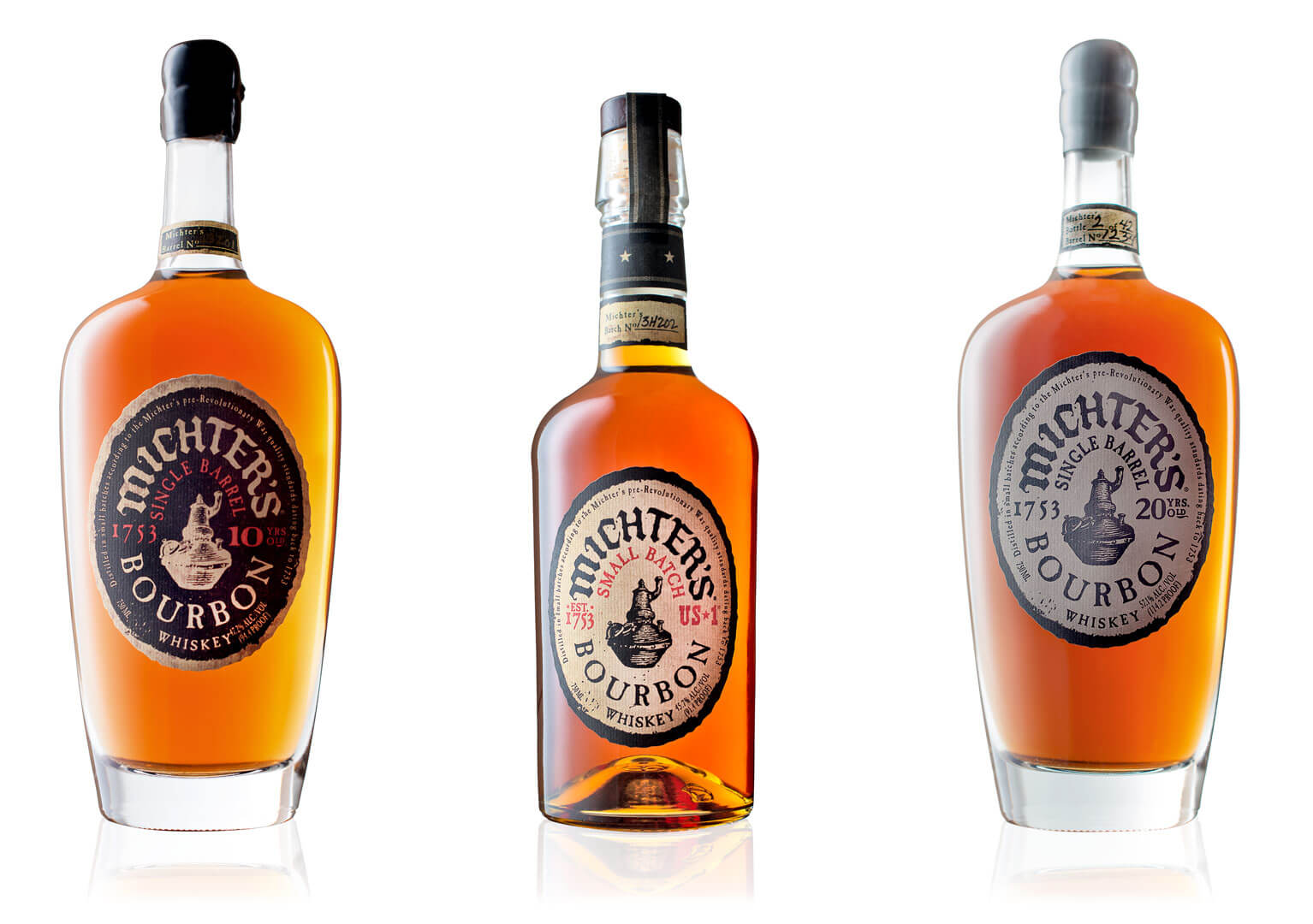
Michter’s bourbon lineup
Bourbon, a form of whiskey often from Kentucky, though it must definitely be from the United States, will have been distilled from grain mash that is at least 51 percent corn and then must be stored in charred oak. It cannot contain any additives.
When it begins aging, it must be at no higher than 125 proof and then bottled at 80 proof or higher.
Rye must be distilled from at least 51 percent rye and aged for at least two years (Canadian rye, apparently, may get by without any rye at all). As a generalization, rye is usually considered to be slightly less sweet than bourbon.
Whiskey in some form or other has been part of American life since the time of the pilgrims, and some distilleries have long and distinguished histories. Michter’s in its current form does not, but it has an interesting one – and it does have a connection to the distant past.
A brief history of Michter’s
Michter’s story begins back in 1753 in Pennsylvania, with a distillery known as Shenk’s, which focused on sour mash. It was sold in the mid-1800s to American Dutch businessman Abraham Bomberger.
Many years later prohibition proved too much, and its doors closed. After prohibition, the distillery reopened, but it went through a succession of owners before it was purchased by Lou Forman in the 1950s, who decided that a change of name was the order of the day.
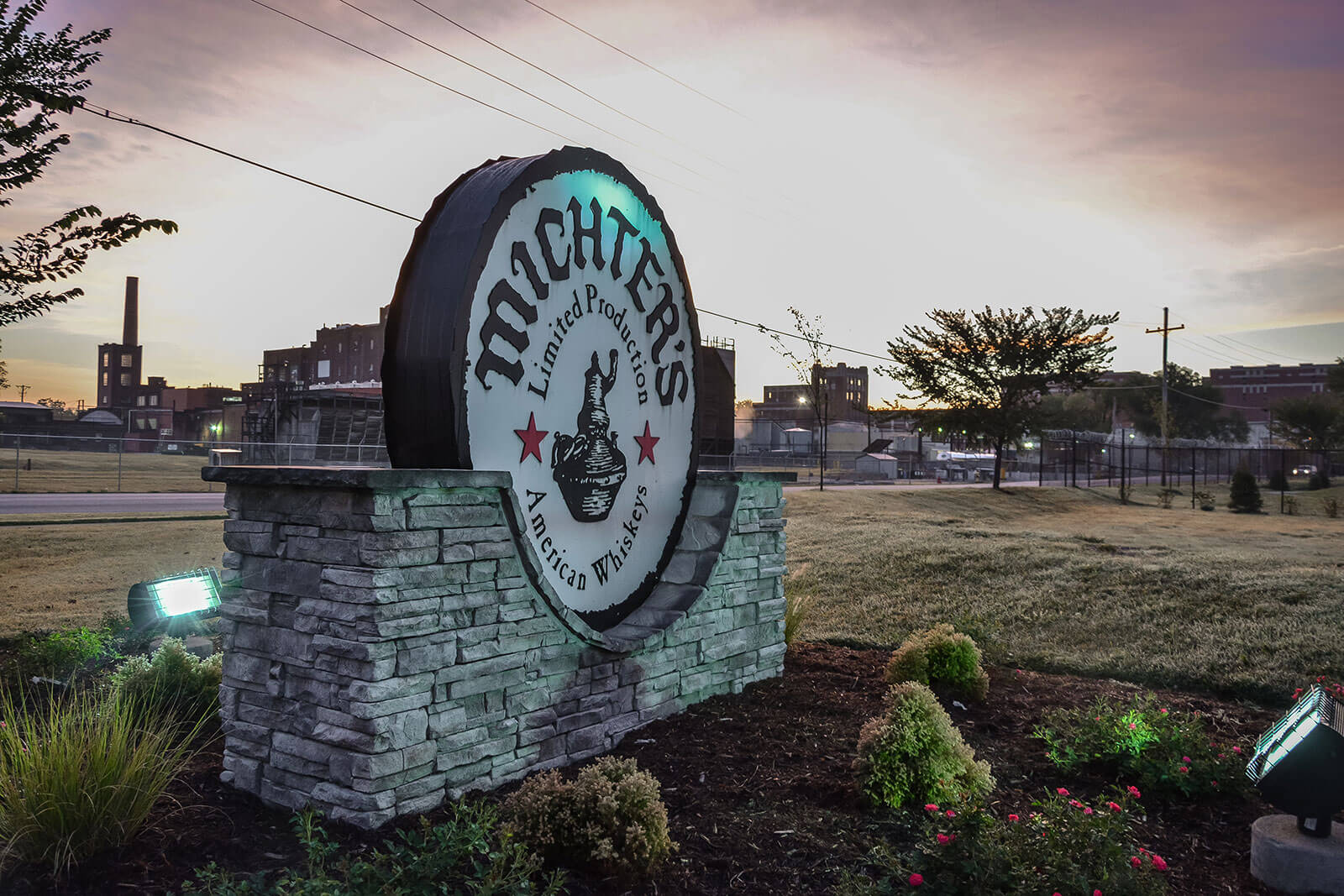
Michter’s American Whiskeys
The name he conjured was Michter’s, a combination of the names of his sons Michael and Peter. In time, that name change proved unable to save the business, and in 1989 or 1990, depending on which source you believe, it went belly up.
Fast forward a few years to two entrepreneurs, Joseph Magliocco and his mentor, Richard Newman. The two men were keen to set up their own whiskey operation and decided they would chase down the name Michter’s and all that pertained to it. They were aware of its earlier fame and subsequent demise.
Turns out, all trademarks and the like had simply been left to expire. No one owned the name. They swooped.
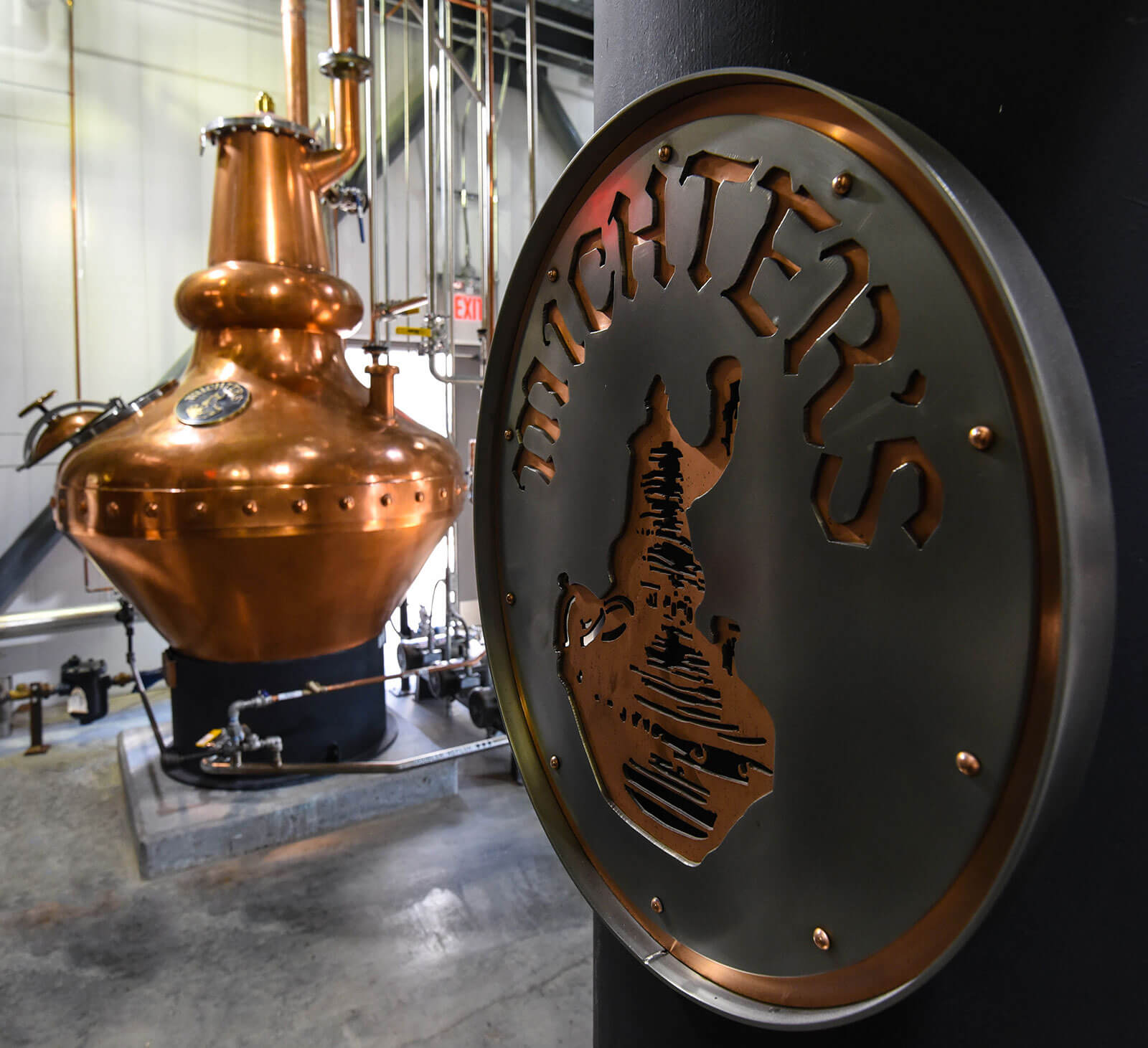
Michter’s copper stills
To begin, of course, they had to source their material from various distillers, but have now opened not one, but two operations in Kentucky, the second quite recently. The team was able to locate and obtain the old Pennsylvania pot stills and equipment.
The new Michter’s first products hit the market in 2004. Since then, it has quickly established an impressive reputation. It is one of the very few distilleries that has operated with a female master distiller: Pamela Heilmann, who was appointed in 2016. Heilmann recently handed the role over to her assistant, Dan McKee.
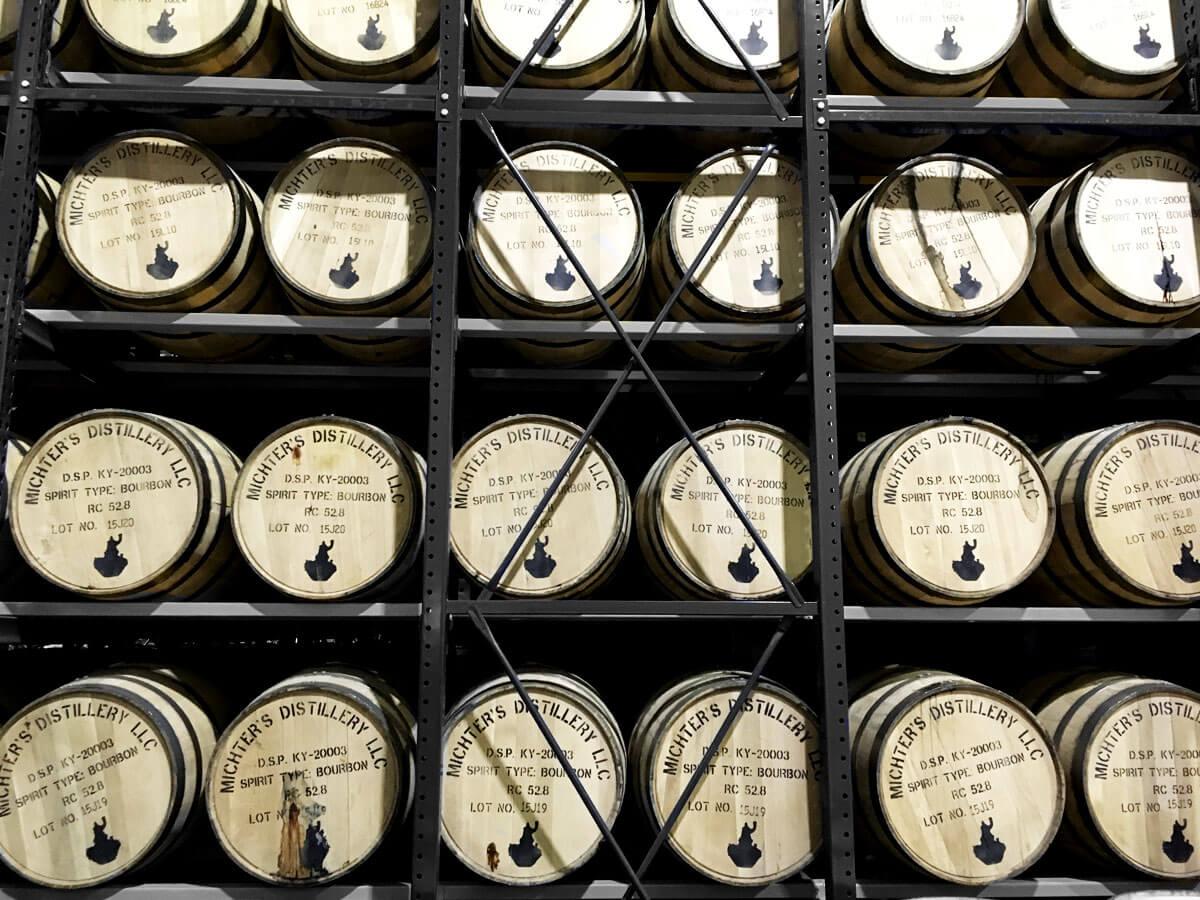
Michter’s barrels
The aim is to make small-batch or single-barrel products. “Small batch” has no legal specifications in the United States, hence a product can be “stretched” to umpteen thousand cases and still claim to be “small batch.” Despite that, Michter’s has restricted itself to a maximum of 20 barrels for any of its small-batch products.
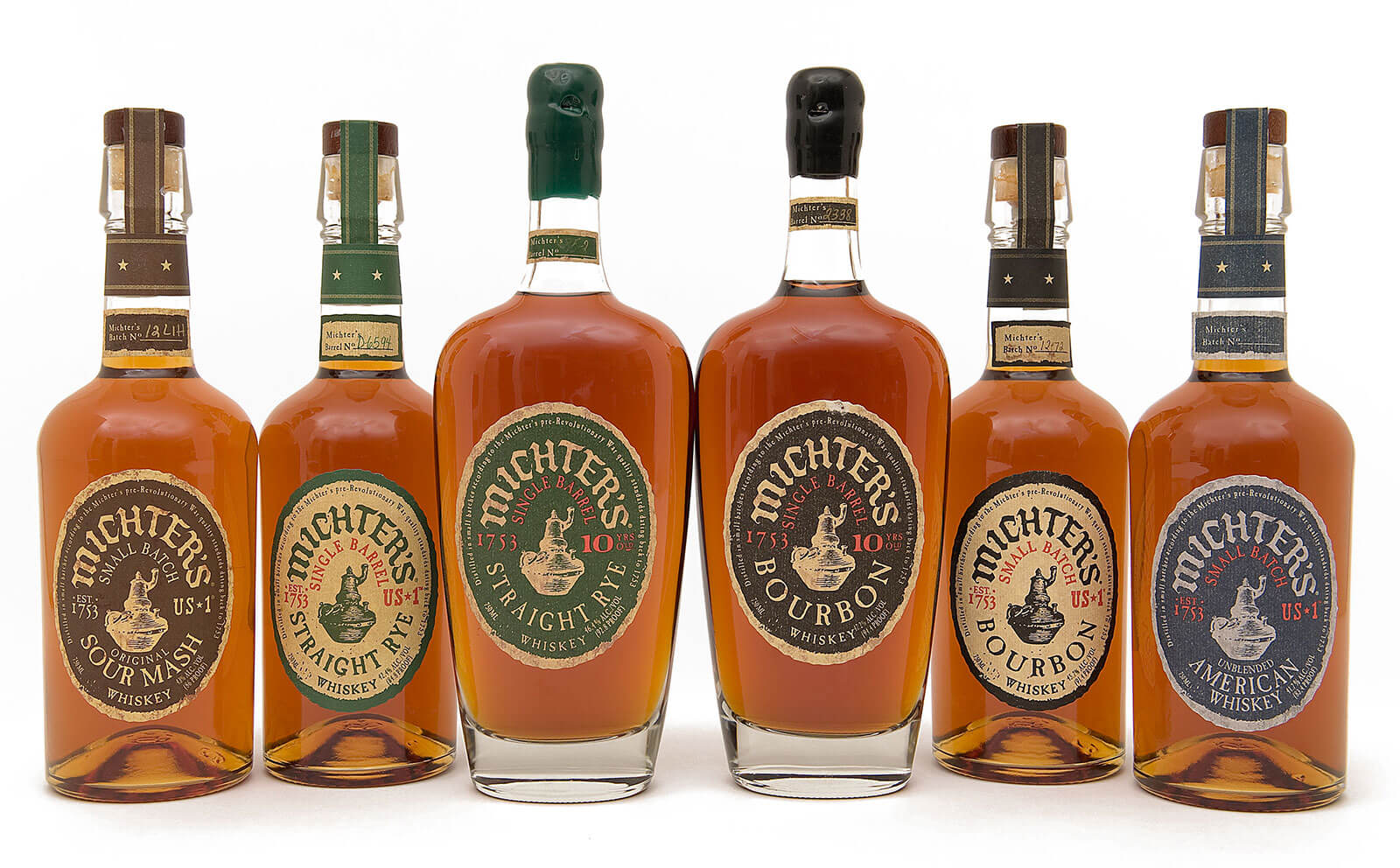
Michter’s bourbon range
In its short recent history, it has established a number of very popular products like US1 Kentucky Rye, US1 Kentucky Bourbon, US1 American Whiskey, and US1 Sour Mash. Then came several limited edition products: 10-Year Rye, 10-Year Bourbon, 20-Year Bourbon, and special production items like 25-Year Rye and 25-Year Bourbon.
Special releases like US1 Toasted Barrel Finish Bourbon, US1 Barrel Strength Rye, US1 Limited Release Barrel Strength Bourbon, Celebration Sour Mash of various vintages, and US1 Toasted Barrel Finish Rye complete the portfolio.
Sadly, I am unable to provide tasting notes of the 25-Year-Old, understandable with a price tag of around AUD$8,000, but I have recently seen three of the distillery’s excellent whiskies.
Michter’s tasting notes
The US1 Kentucky Straight Bourbon ($130) offers lovely caramel notes with hazelnut and honeycomb. Florals and a hint of vanillin oak. Reasonable length and good complexity.
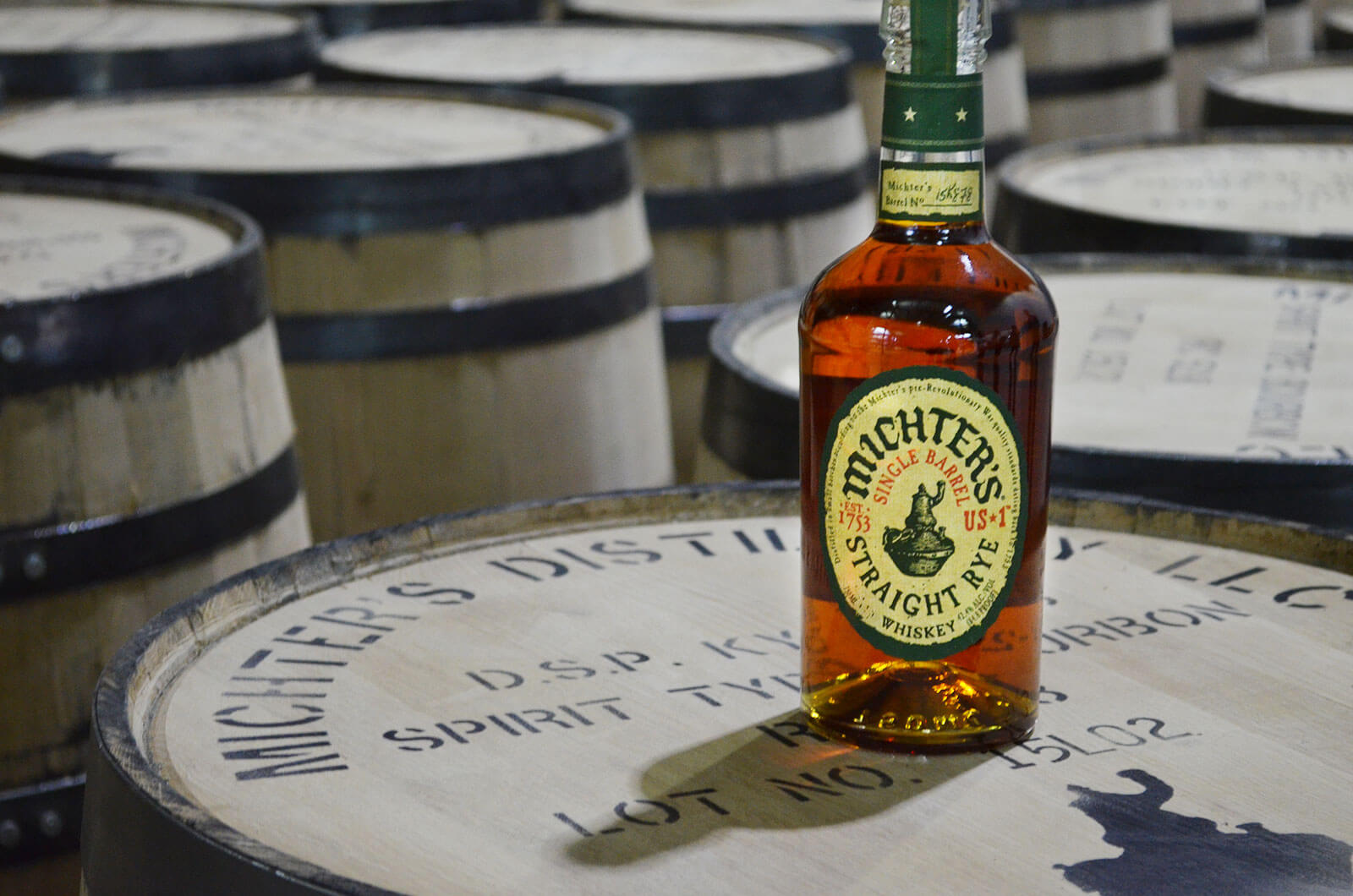
Michter’s US1 single-barrel Straight Rye
The US1 single-barrel Straight Rye ($130) is all cinnamon and teak with orange rind, nectarines, spices, and a little caramel. A supple texture, mid-length, and again good complexity.
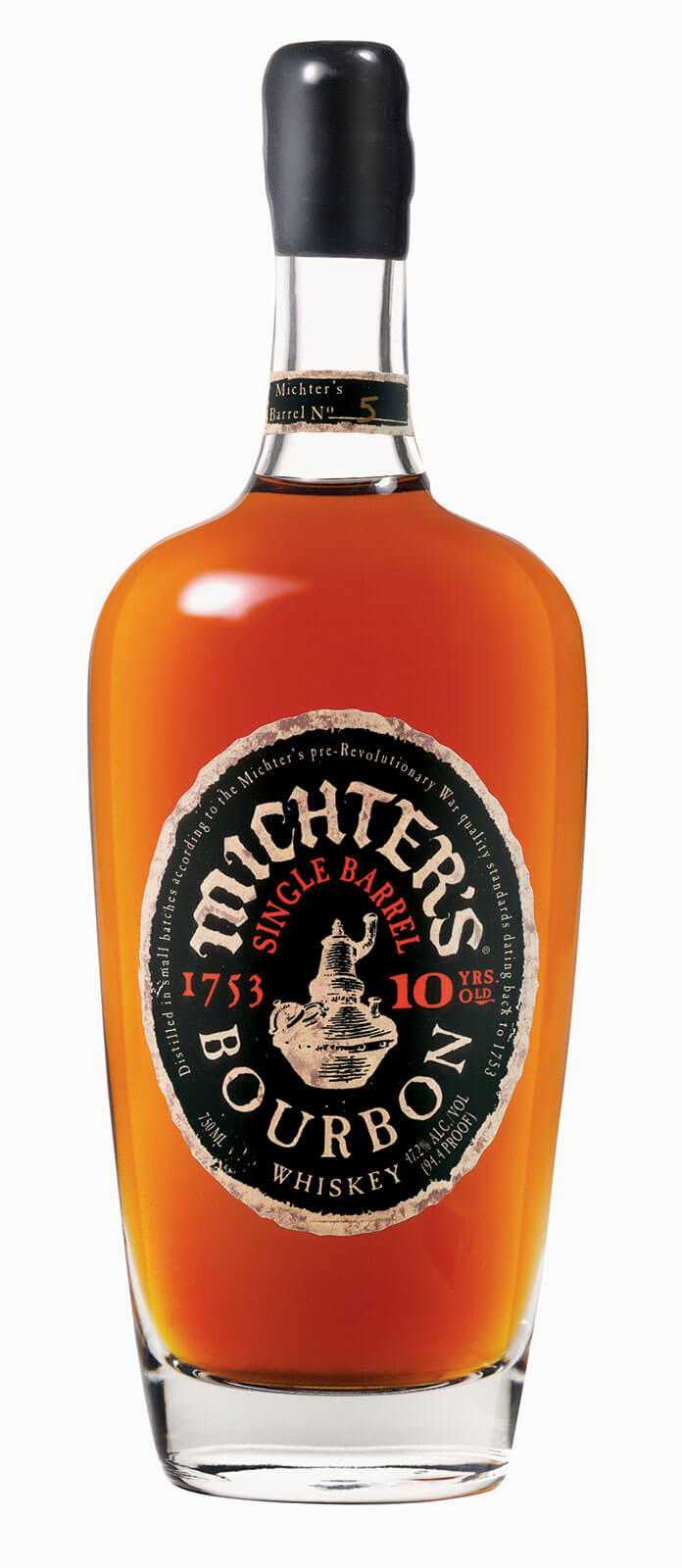
Michter’s single-barrel 10-Year bourbon
Finally, the superb single-barrel 10-Year-Old Kentucky Bourbon ($250) is a much-restricted release and one shrouded in more than a little mystery. Caramel, nougat, honey, nectarines, spices, sweet corn, mustard seeds, old leather, and garden herbs. Great length and complexity and a delightfully seductive texture. This is a superb bourbon. This year’s 10-Year-Old was the final release under Pam Heilmann’s tenure as master distiller.
For more please visit www.michters.com.
* This article was first published on July 23, 2019 at Michter’s Kentucky Bourbon (Plus The Difference Between Whiskey, Whisky, And Bourbon).
You may also enjoy:
Buffalo Trace Antique Collection Bourbon: Cult Treasure
Chichibu Whisky: The Japanese Version Of Pappy Van Winkle
Lagavulin 16-Year-Old Whisky And Why Ron Swanson Was Right On The Money
Last Drop 1971 Blended Scotch Whisky: Is This The World’s Most Exclusive Whisky?
Leave a Reply
Want to join the discussion?Feel free to contribute!





















































Hello, just trying find out a few “facts” about Michter’s Kentucky Straight Bourbon:
1. Do they distill their own bourbon or do they use sourced bourbon?
2. Do they used additives or colorings in their bourbon?
3. I realize that all distillers like to “price point” their products so as to position their product on a particular shelf of a liquor store (if that makes sense). As such, the “perceived” value of Michter’s bourbon is about $45 or more. I like Michter’s but I’m not sure it’s worth north of $40 a bottle.
Hi Steve. Thanks for the post. Forgive me for being brief but I’m on a deadline (and it is a while since i looked at Michters).
I believe that from about 2015 they have been distilling their own products. Prior to that, they were sourcing. Obviously necessary given the history.
As for additives, I believe that in the older days, they did use them. Now, I do not believe so. That said, when they did use them (if they did), there is no suggestion of anything illegal. My understanding is that there is absolutely no suggestion that all was not above board.
As for pricing, that is obviously up to the individual. I wish I could source the stuff for just $40 but sadly not. They have a number of more expensive offerings which are much loved. Entirely up to you.